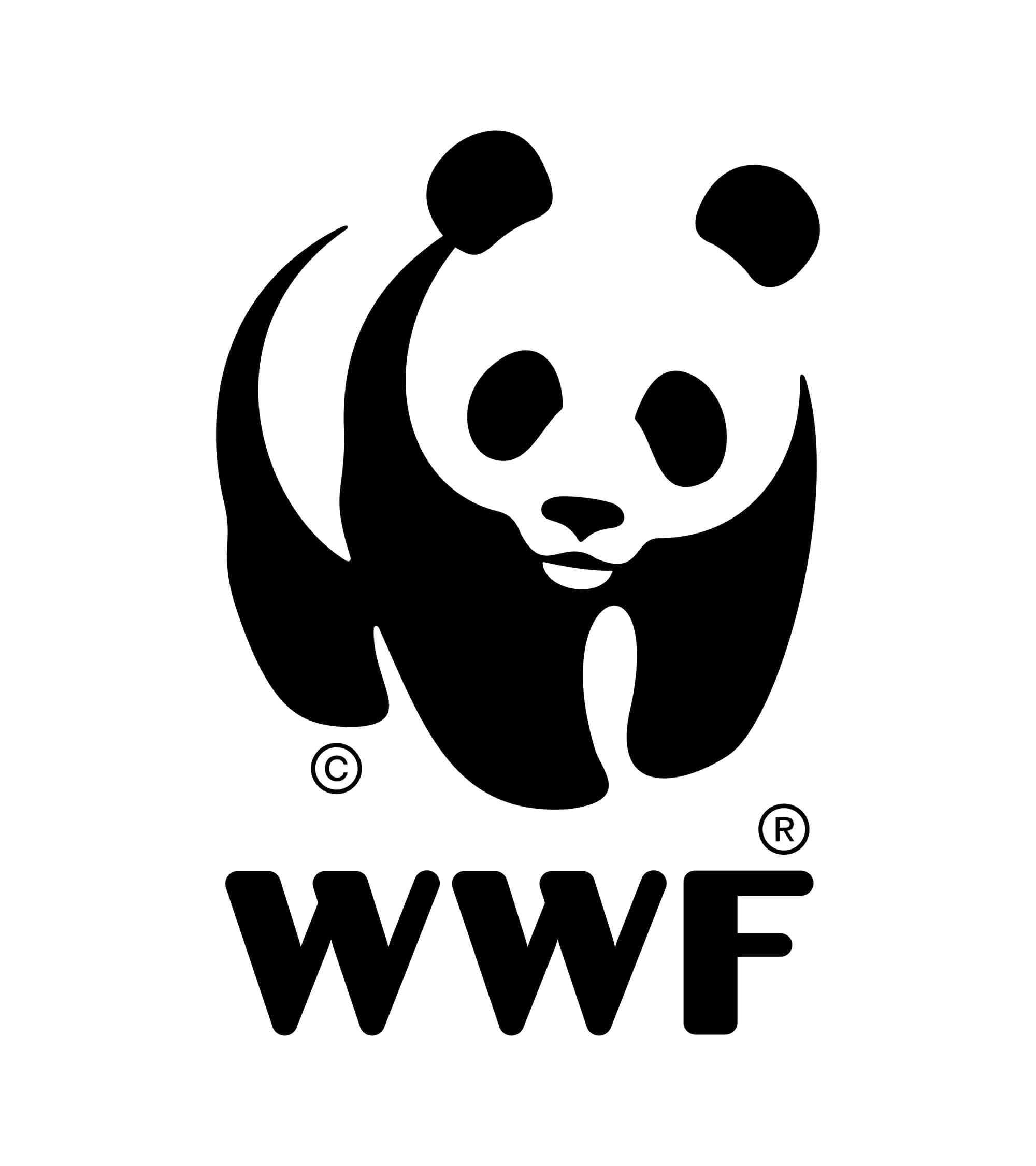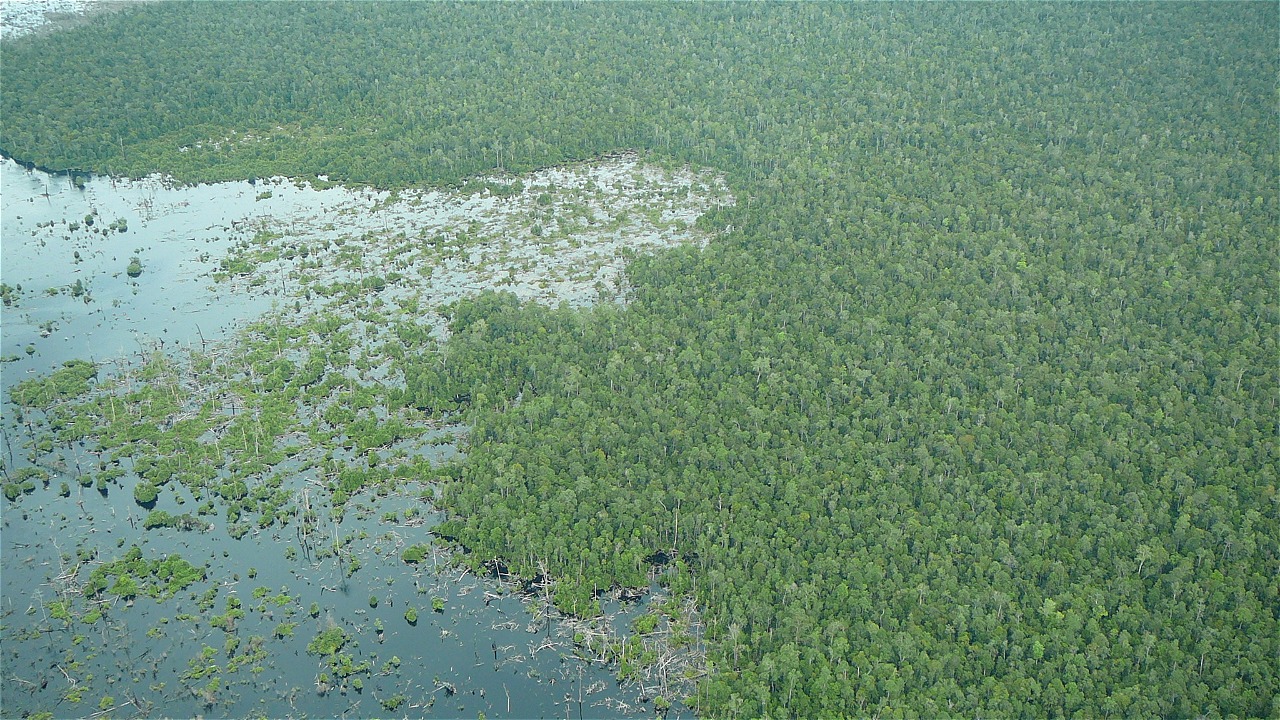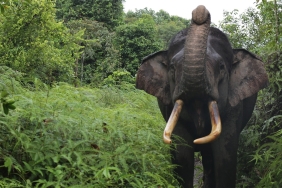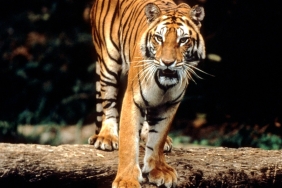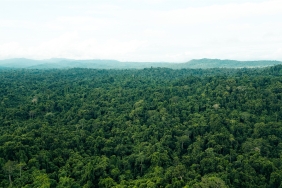COLLABORATIVE AND ADAPTIVE ZONING SYSTEM AS A FORM OF SEBANGAU NATIONAL PARK MANAGEMENT
Palangka Raya, May 15, 2012 - The spatial arrangement system in the national park or known as zoning is required in the management of a national park. "This is based on the Minister of Forestry Regulation No. P.56/Menhut-II/2006 on the process of organizing space in national parks into zones that consider ecological, economic, social, and cultural studies of the community," said Ir. Hariyadi, Head of Sebangau National Park (TN).
For two days, May 15-16, 2012 at the Taman Budaya Tourism City Hall, Balanga Museum complex, Palangka Raya, WWF Indonesia facilitated a meeting between the Sebangau National Park Office and 135 representatives of the Community Forum, customary damang, village heads from Palangka Raya City, Pulang Pisau District, and Katingan District, to gather input on the zoning plan in the Sebangau National Park area. "We want Sebangau National Park to be managed effectively with a zoning system whose input is obtained from various parties, both the community and local government and refers to existing regulations. We are assisted by WWF-Indonesia because since 1998 there has been cooperation between the Indonesian Ministry of Forestry and WWF regarding the development of conservation programs in Indonesia," added Ir. Hariyadi.
"The discussion process is carried out in stages from the community and local government level. What needs to be encouraged and used as an example from the Sebagau National Park conservation area is that the national park area management system does not ignore the interests of the community. There is clarity on which areas we must protect and protect for the sake of the sustainability of the area, as well as areas that can be utilized and accessed by the community to support their needs," said Rosenda Chandra Kasih, Program Manager of WWF-Indonesia in Central Kalimantan.
The zoning will produce at least (1) core zone, which functions for the protection of the representation of original and unique biodiversity, (2) wilderness zone, which is a habitat or home range that functions to support the interests of preserving the core zone and utilization zone, (3) utilization zone, which functions to be utilized by the community, for example fisheries, rubber, rattan, tourism and natural recreation and other environmental services that are not directly adjacent to the core zone, and (4) other zones, which function for traditional zones, rehabilitation zones, religious, cultural and historical zones and special zones.
The process of gathering input on social, economic and cultural utilization in the Sebangau National Park area is important to avoid future conflicts. "Each damang, village head/lurah, and Community Forum, will bring back the results that have been obtained during these 2 days in Palangka Raya to the community in their respective villages to get additional input before being submitted to the district level," explained Rosenda Kasih.
For more information, please contact:
- Ir. Hariyadi, Head of Sebangau National Park tnsebangau@dephut.co.id)
- Rosenda Ch. Kasih | rkasih@wwf.or.id)
Note to the Editor:
About Sebangau National Park:
- Through Decree No. 423/Menhut-II/2004 the Sebangau area was designated by the Indonesian Minister of Forestry as the 50th National Park in Indonesia. Its total area of 568,700 hectares is the largest peat swamp forest area in the world. This area is the original habitat for a population of 6,000-9,000 wild orangutans and other important species such as proboscis monkeys, sun bears, gibbons, hornbills, clouded tigers and others.
- Located between the Sebangau and Katingan Rivers. Administratively, it is part of Katingan Regency, Pulang Pisau Regency, and Palangka Raya City. Sebangau National Park has an important function as a water catchment area that is able to supply clean water needs for the surrounding population.
- Based on the Government Regulation on Sebangau National Park.
- Based on Government Regulation No. 28/2011, a National Park is a KPA that has an original ecosystem, managed with a zoning system that is utilized for the purposes of research, science, education, supporting cultivation, tourism, and recreation.
About WWF-Indonesia:
- WWF-Indonesia is a national conservation organization that is part of the WWF global network, the largest and most experienced independent conservation network in the world. WWF-Indonesia is active in 27 fieldwork areas in 17 provinces.
- WWF-Indonesia's mission is to save biodiversity and reduce the impact of human activities through: Promoting a strong conservation ethic, awareness and conservation efforts among Indonesians; Facilitating multi-stakeholder efforts for the protection of biodiversity and ecological processes at the ecoregion scale; Advocating for policies, laws and law enforcement that support conservation, and; Promoting conservation for human well-being, through the sustainable use of natural resources. For more about us, please visit WWF's main website at www.panda.org; local sites at www.wwf.or.id and WWF-Indonesia's membership site at www.supporterwwf.org.
